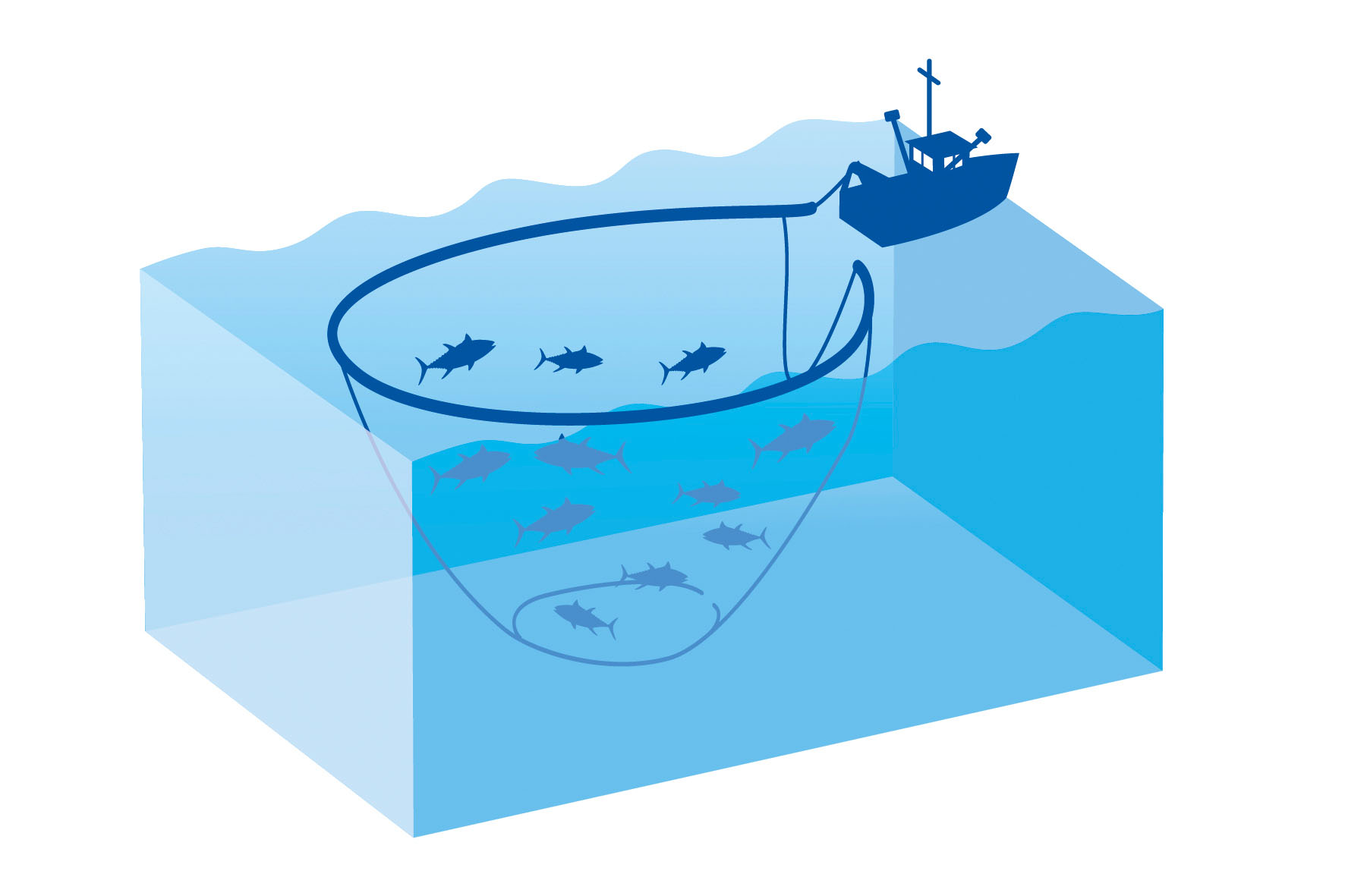Biology & Physical Description
The Wahoo is a cousin of mackerel, wahoo is found in warm oceans around the world. In the Pacific, they’re harvested as non-target catch in troll and longline fisheries targeting tunas based out of Hawaii, American Samoa, Guam, and Saipan. Most of the wahoo in the U.S. market comes from Hawaii, where the fish is nicknamed “Ono,” the Hawaiian word for “delicious.” A small amount of wahoo is harvested in U.S. fisheries along the Atlantic coast and Gulf of Mexico. No regulations currently apply to wahoo specifically – their biology makes them resilient to fishing pressure and catch trends have so far indicated that regulations are not yet necessary. However, several regulations are in place to reduce the impact of troll and longline fisheries on other species, and the fisheries are monitored through logbooks, observer coverage (longline fishery), port sampling, and landing receipts. Wahoo are steel blue above and pale blue below. They’re covered with small scales and have a series of 25 to 30 irregular blackish-blue vertical bars on their sides. Wahoo have large mouths with strong, triangular, compressed and finely serrated teeth. Their snouts are about as long as the rest of their heads. Although they can reach 8 feet in length, wahoo are commonly between 3.3 and 5.4 feet long. Wahoo grow fast, up to 8 feet and 158 pounds, and have a short life span, up to 9 years. Males are able to reproduce when they reach 2.8 feet in length; females sexually mature when they reach 3.3 feet. They’re usually about a year old at this size. Wahoo spawn year-round in tropical waters and during the summer in higher latitudes, including Hawaii. Individual wahoo spawn multiple times throughout the spawning season. They’re very productive, releasing millions of eggs per year to compensate for eggs that might not survive to adulthood. Wahoo mainly feed on fish, including frigate mackerel, butterfish, porcupine fish, and round herring. They generally compete with tuna for the same kind of food. Scientists have theorized that wahoo is able to eat fish larger than itself by using its sharp teeth to render large prey into bite-size pieces. A number of predators that share the wahoo’s habitat feed on young wahoo. Dorsal spines (total): 23 - 27; Dorsal soft rays (total): 12-16; Anal spines: 0; Anal soft rays: 12 - 14; Vertebrae: 62 - 64. Mouth large with strong, triangular, compressed and finely serrate teeth. Snout about as long as the rest of head. Posterior part of maxilla completely concealed under preorbital bone. Gill rakers absent. Interpelvic process small and bifid. Swim bladder present. Body covered with small scales. No anterior corselet developed. The back is iridescent bluish green; the sides silvery with 24 to 30 cobalt blue vertical bars which extend to below the lateral line.





















 Wahoo
Wahoo 














